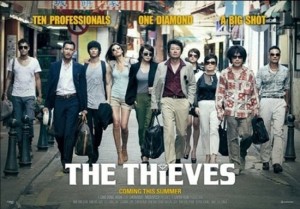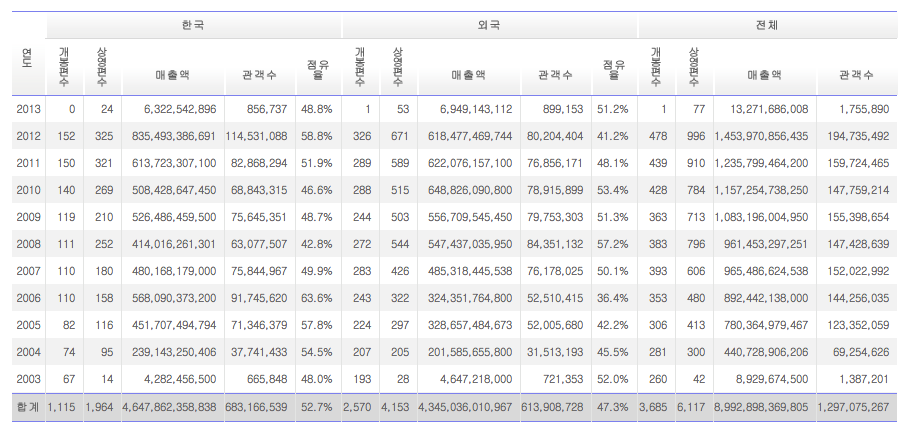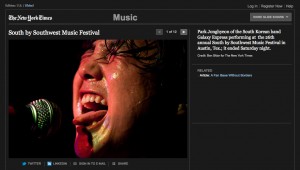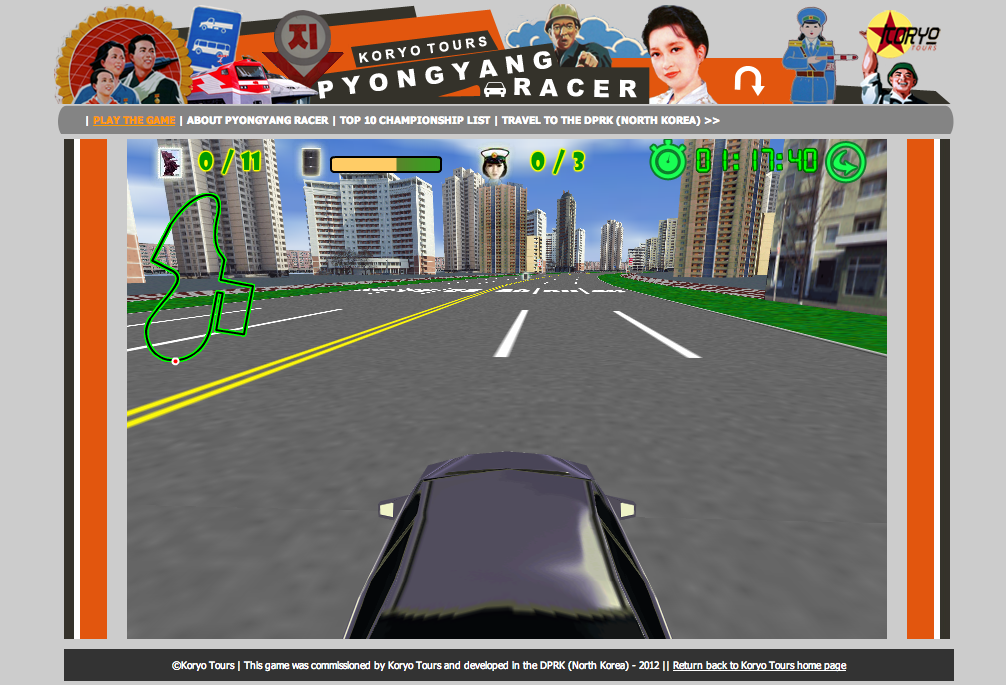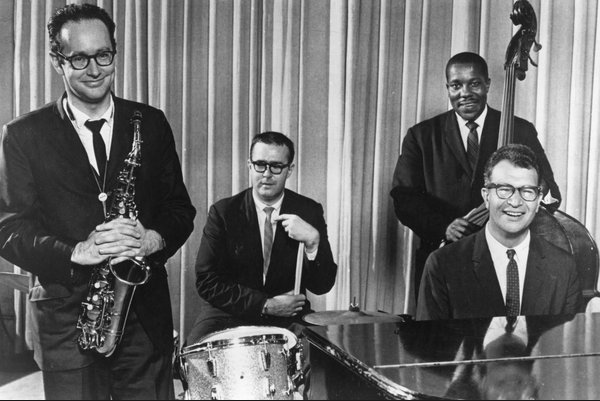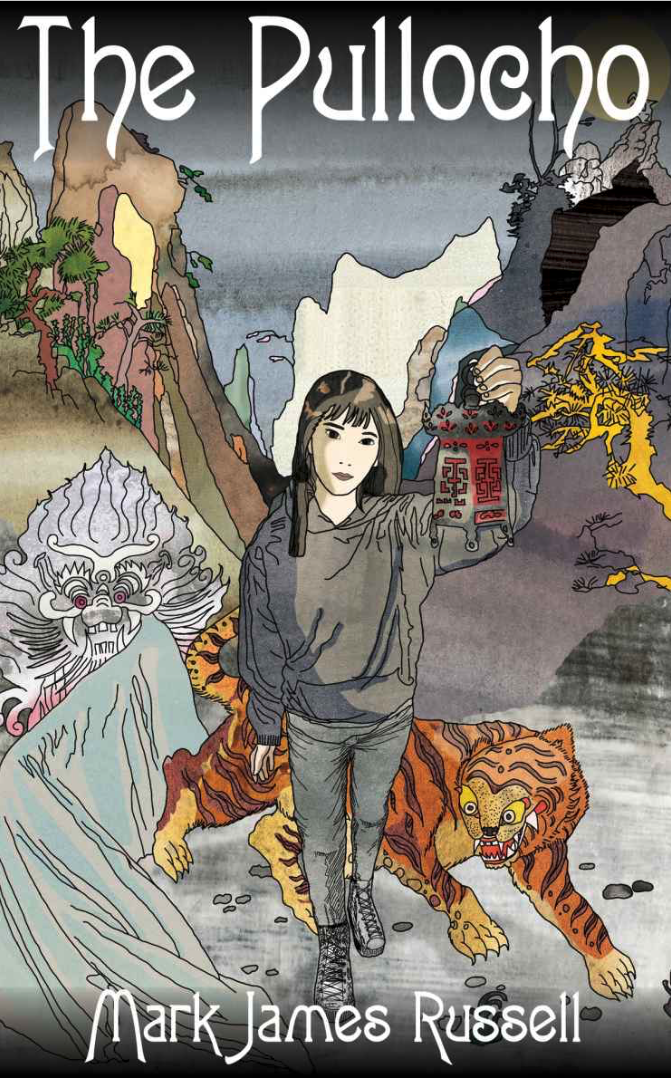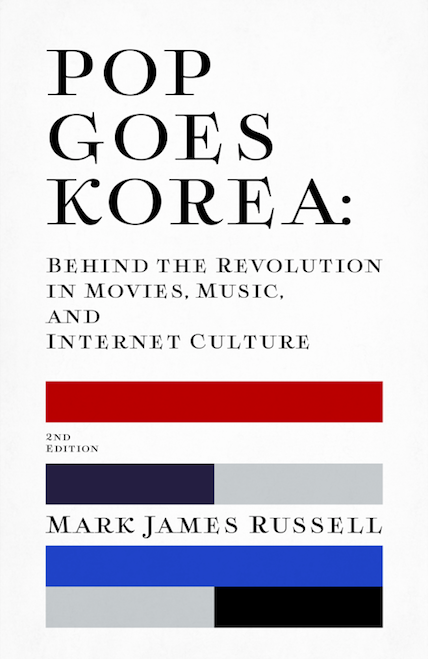Last year was a great one for Korean pop music, but it was also excellent for indie music and other non-pop stuff in Korea. I only spent a couple of weeks in Korea this year, but it was clear from the shows I went to and people I talked with how vibrant the scene is these days (not to mention the music I downloaded and listened to). Back in 2008, when I started the Korea Gig Guide, I had this feeling that the indie scene was growing and getting stronger, like it was in the late 1990s. These days it is stronger still, continuing to grow bigger and more interesting.
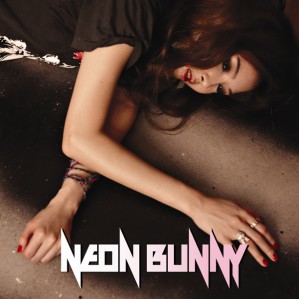
Sadly, though, I don’t have a big list of my favorite new releases. For yet another year, I focused my energies in older Korean music, thanks to a huge batch of old records a friend digitized for me. I’m pretty proud of my collection of Korean rock, folk, and pop from the 1960s and ’70s now (thanks mysterious friend!). A related highlight of my year was meeting the great singer Kim Choo-ja. She and her husband nicely opened their home to me, and so I was able to absorb several hours of stories and good stuff.
(Oh, fyi, if you want to learn more about Korean classic rock, the blog Classic Korean Pop Music Archive has some good stuff).
As for new releases, the best of the year was probably Jambinai’s first full-length release, Différance (iTunes, Amazon). While not a fan of their more hardcore-tinged experiments with electric guitar, their core sound — driving postrock played on Korean traditional instruments — was as great as ever.

There was plenty of fun electro-based music last year, such as Glen Check (I particularly liked the single “84”) and Neon Bunny (her new EP Happy End was all quite fun). Love X Stereo is pretty good, too.
I am not a huge Telepathy fan, but their new version of “Flying White Pillow,” recorded for Fred Perry, was really intriguing, showing signs of growing into something more (a live show I saw of theirs in May backed up that impression).
And there were new released by 3rd Line Butterfly, Galaxy Express, and other big names.
But, as I said, I spent more time listening to old music, so I’m sure I missed a lot.
One of the coolest stories in 2012 was definitely Busker Busker, the Cheonan trio that appeared on an American Idol-esque TV music contest and somehow overcame all the producers’ preconceived notions of how the program was supposed to run, becoming perhaps the most popular group of the year. Yes, K-pop still dominates Korea, but the success of Busker Busker — a real band, playing real music — was one of the brightest rays of sunlight to shine through the bubblegum clouds in a long time.
(Not that there is anything wrong with bubblegum … I just value diversity).
Much more authoritative than my opinions, though, are the smart folks at Weiv, Korea’s longtime online music publication. They have put together another solid (and eclectic) list of the year’s top Korean music:
- 9 and the Numbers – 유예 (Postpone)
- Glen Check – Haute Couture
- No Respect for Beauty – Why Perish
- Lowdown 30 – first album
- 404 – first album
- 3rd Line Butterfly – Dreamtalk
- f (x) – Electric Shock
- Yoon Yeong-bae – 좀 웃긴 (It’s a Little Funny)
- Electric Eels – 최고의 연애 (The Best Love)
- Jeong Cha-sik – 격동하는 현재사 (Turbulent Contemporary History)
- Jeong Tae-chun, Park Eun-ok – 바다로 가는 시내버스 (City Bus Going to the Sea)
- G-Dragon – One of a Kind
- Pure Kim – ㅇ (Ieung)
- Hwang Bo Ryeong=Smacksoft – Follow Your Heart
- Various Artists – 블루스 더 (Blues)
